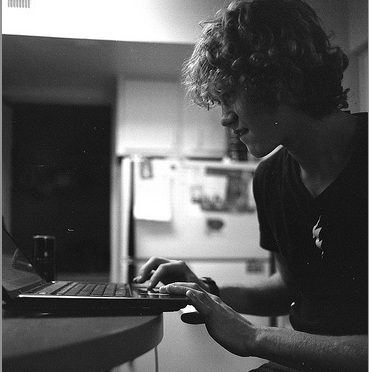"Have you talked to your friends about this?" he asked her.
"Yes, we talk about it all the time," she said.
Dr. Mitra wasn't certain it was entirely appropriate to do it, but in this case, he did what he typically does: directed her to research her conflicts and questions with her friends and see what she comes up with.
Over the course of the next few days, the girl and her friends spent their time looking up topics like single mothers, alcoholism, and parenthood online.
“So what did you find out?” he asked her days later.
“I know a lot more now. And I understand her,” she said.
Dr. Mitra told me this story as we were talking about the impact of technology on culture earlier today. After speaking with innovators and educators for the past few months for MindShift, I told him it was becoming more and more clear to me that technology -- and the Internet specifically -- is changing the role of children and adults. In our past lives, children were meant to be seen, not heard. Even in recent generations, although kids have become much more the focus of parental attention, it's been more about what parents should do for kids, and how they should protect them from imminent danger. So it goes with education. The relationship between teacher and student went in one direction: the teacher teaches and the student learns.
The Internet -- the wonderful world wide web -- is subverting these relationships. Kids can now find out about any subject under the sun on their own, if they have the right tool. And this can be unsettling for everyone, certainly parents and teachers.
Dr. Mitra believes that somewhere in this shifting equation, allowing children to self-learn as parents and educators serve as guides rather than all-knowing sources of information, there's an answer in solving the problem of crime.
He believes that violence comes from a need for kids to get attention, and that there's a correlation between self-learning through technology and eradicating crime. He talks more about this in an interview we taped at the Big Ideas Fest today, which we'll post online in the next week or two.
Dr. Mitra hopes to be able to research this correlation further. Somewhere in these stories, he believes, there's a potentially life-changing lesson to be learned. We just have to listen to the kids.


